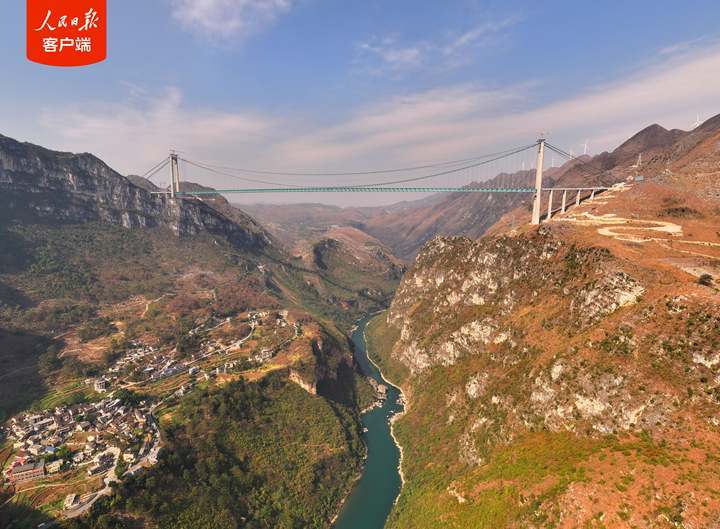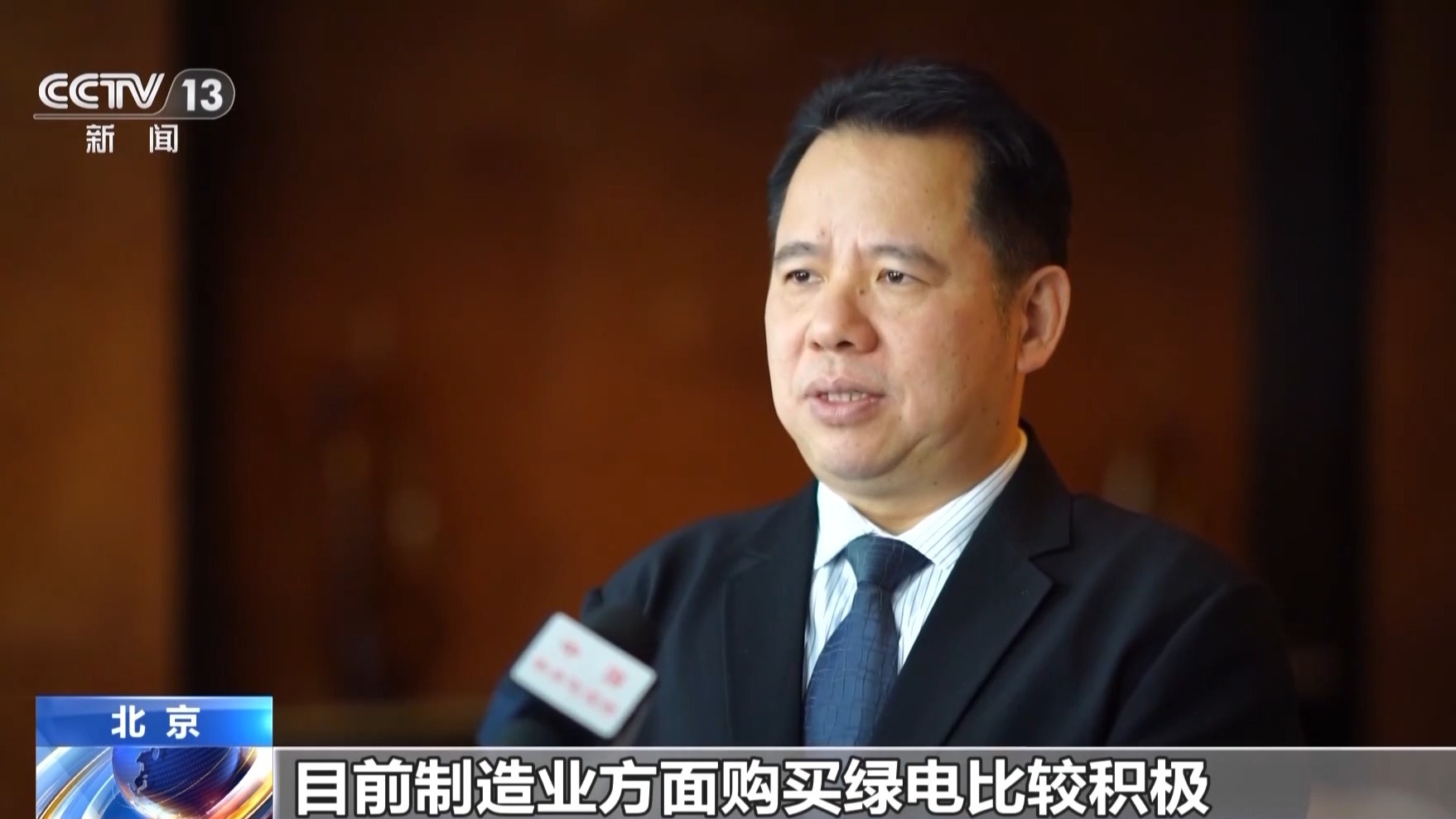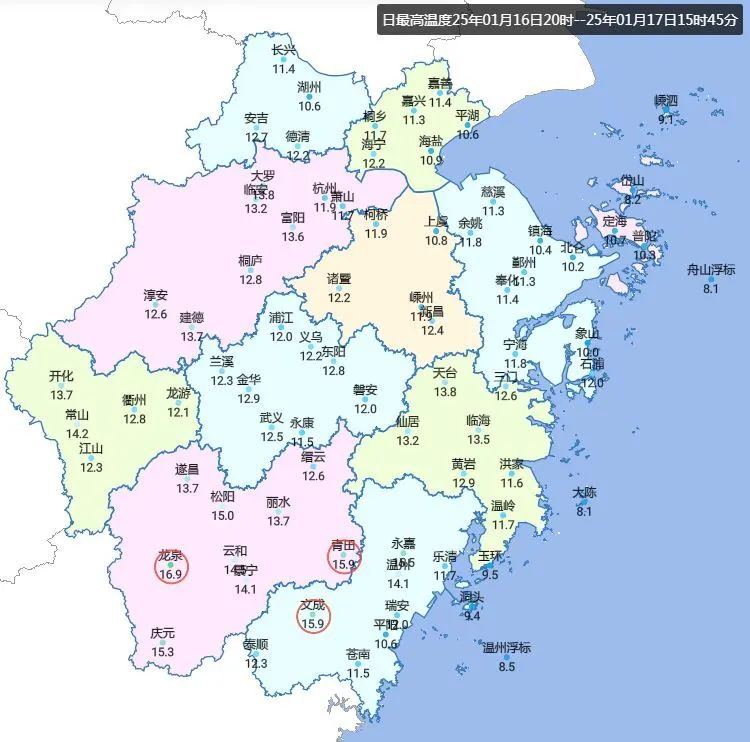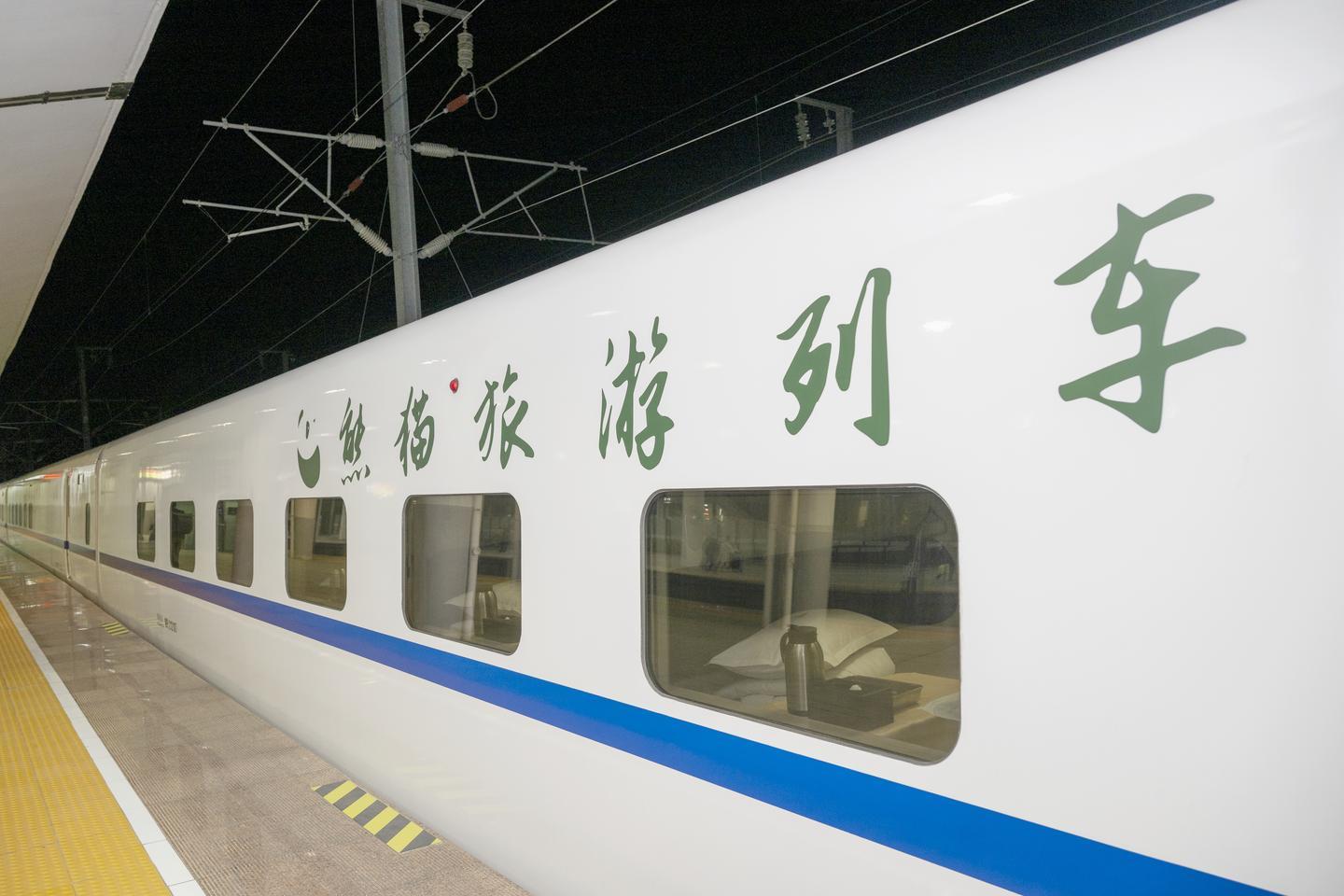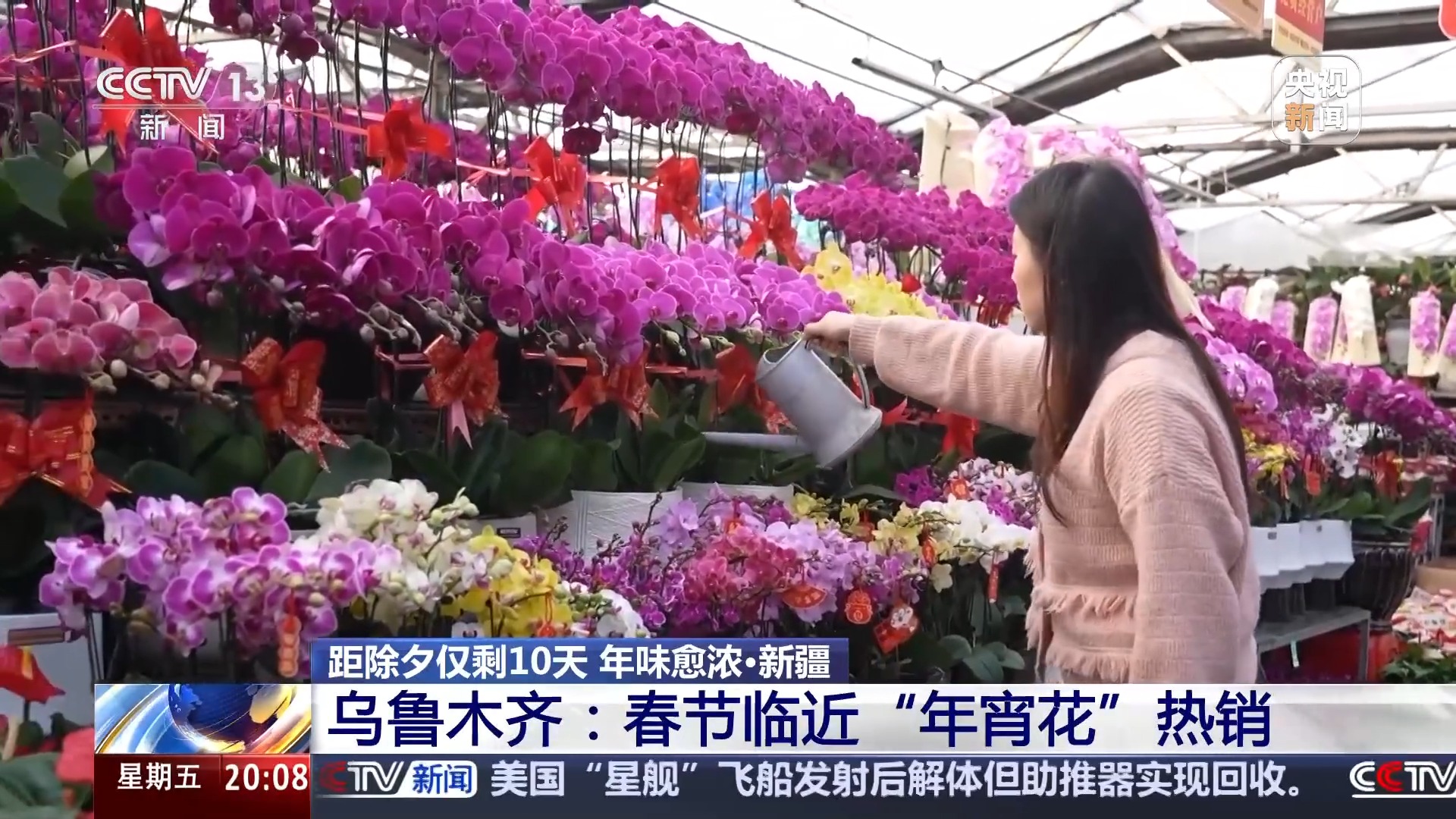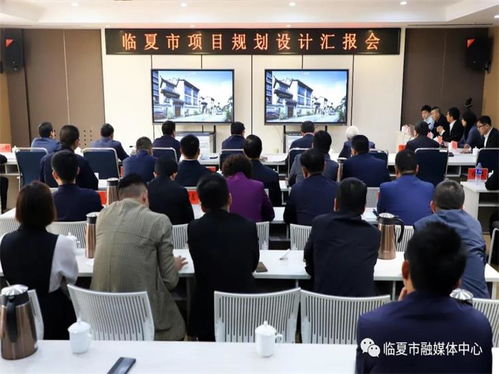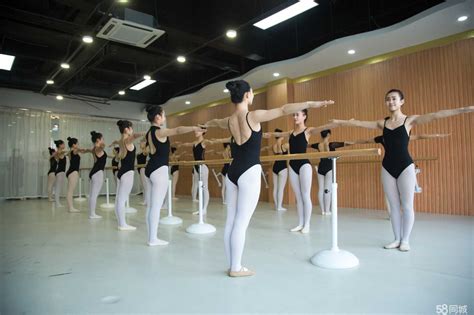咖喱咖喱舞蹈
Title: Exploring the Origin and Style of Bhangra Dance in Punjabi Culture
Introduction:
Bhangra dance is a vibrant traditional folk dance form originating from the Punjab region in South Asia. It is characterized by its energetic movements, rhythmic footwork, and the lively beats of the dhol drum. Bhangra dance has gained immense popularity worldwide, and its fusion with modern elements has given rise to various forms of entertainment, such as the Bollywood film industry. In this article, we will delve into the history, significance, and key elements of Bhangra dance, highlighting its cultural importance and offering guidance for those interested in learning or appreciating this captivating art form.
1. Historical Background:
Bhangra dance has its roots in the agricultural culture of Punjab, where it was traditionally performed to celebrate the harvest season and mark various festivities. Initially, it was practiced exclusively by men, with their energetic movements reflecting the physical demands of farming. However, in recent years, Bhangra has evolved to include dancers of all genders, celebrating unity and enjoyment.
2. Key Elements of Bhangra Dance:
a. Folk Music and Instruments: The music accompanying Bhangra dance is characterized by the distinct beats of the dhol drum, traditional lyrics, and vibrant melodies. Other instruments, such as the tumbi, algoza, and dholak, add depth and variety to the music.

b. Energetic Footwork: Bhangra dance is known for its dynamic footwork, which involves intricate steps, jumps, and kicks. The synchronized movements of the dancers create a visually captivating performance, exuding energy and enthusiasm.
c. Expressive Gestures: Bhangra is not only about the physical movements but also about portraying emotions and storytelling through expressive gestures, smiles, and facial expressions. These elements communicate joy, celebration, and the overall narrative of the performance.
d. Colorful Costumes: Bhangra dancers usually wear traditional costumes, including vibrant turbans, long shirts known as kurta, loose trousers called salwar, and embellished jackets. The colorful attires enhance the visual appeal of the dance and contribute to the overall festive atmosphere.
3. Current Popularity and Fusion:
Bhangra dance has transcended cultural boundaries and gained immense popularity worldwide. Its fusion with modern elements has led to the emergence of Bhangra fusion, blending traditional moves with contemporary dance styles, such as hiphop, reggae, and pop. This fusion has helped to make Bhangra dance more accessible and appealing to diverse audiences.
4. Learning and Participating:
For those interested in learning or participating in Bhangra dance, there are several avenues available. Many dance schools, cultural centers, and community organizations offer Bhangra dance classes and workshops. These provide structured training and guidance from experienced instructors, allowing individuals to develop their skills and understanding of the dance form. Additionally, attending Bhangra performances, festivals, and cultural events provides an opportunity to immerse oneself in the vibrant atmosphere and witness the artistry firsthand.
Conclusion:
Bhangra dance is an integral part of Punjabi culture, showcasing the joy, vibrancy, and rich heritage of the region. Its energetic movements, footwork, expressive gestures, and colorful costumes captivate audiences worldwide. Whether you choose to learn Bhangra or simply appreciate its beauty, this dance form offers a unique cultural experience that is both entertaining and enriching. So put on your dancing shoes and join the Bhangra celebration!


